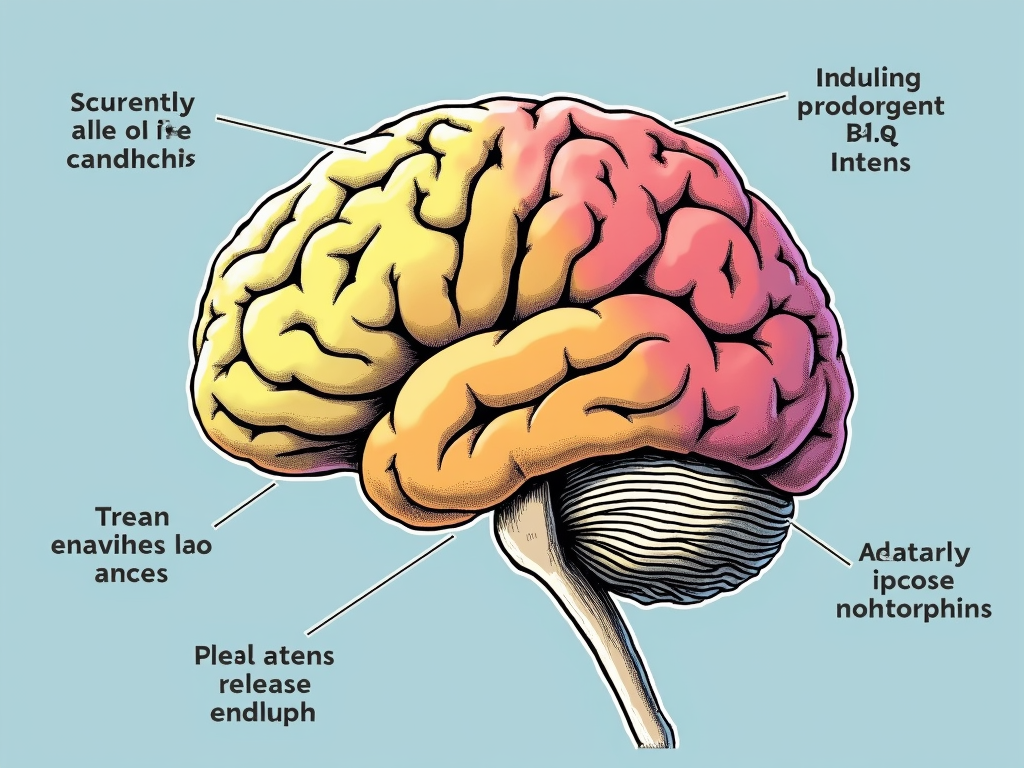Behavioral Activation Techniques for Pain Management are evidence-based strategies designed to help individuals with chronic pain improve their quality of life by engaging in meaningful activities and reducing pain-related distress. By focusing on positive behaviors and experiences, these techniques can shift attention away from pain and towards a more fulfilling life.

Introduction to Behavioral Activation
Behavioral Activation is a therapeutic approach that originated in the field of behavioral therapy. It was initially developed as a treatment for depression, based on the idea that engaging in positive, rewarding activities can help alleviate depressive symptoms. The core principle is to increase the frequency of behaviors that lead to positive reinforcement, thereby improving mood and overall functioning.
In the context of pain management, Behavioral Activation takes a similar approach. Chronic pain often leads to a cycle of inactivity, which can exacerbate pain and lead to further disability. By encouraging individuals to gradually increase their activity levels and engage in enjoyable or meaningful tasks, Behavioral Activation aims to break this cycle and improve both physical and emotional well-being.

The Science Behind Behavioral Activation for Pain Management
Research has shown that engaging in activities can have a direct impact on pain perception. When we participate in enjoyable or absorbing tasks, our brain releases endorphins and other neurotransmitters that can act as natural painkillers. Additionally, focusing on activities can distract the mind from pain signals, reducing the subjective experience of pain.
Moreover, Behavioral Activation can help counteract the negative effects of chronic pain on mood and mental health. Chronic pain is often associated with depression, anxiety, and social isolation. By promoting engagement in social and recreational activities, Behavioral Activation can improve mood, enhance social support, and increase overall life satisfaction.

Key Behavioral Activation Techniques for Pain Management
There are several techniques commonly used in Behavioral Activation for pain management:
- Activity Scheduling: This involves planning and prioritizing activities that are enjoyable or meaningful. By scheduling these activities into daily routines, individuals can ensure they are consistently engaging in positive behaviors.
- Graded Task Assignment: For individuals who may be overwhelmed by certain activities, tasks can be broken down into smaller, more manageable steps. This allows for gradual progression and reduces the risk of pain flares.
- Behavioral Experiments: These involve testing beliefs about pain and activity. For example, an individual might believe that engaging in a certain activity will worsen their pain. Through carefully planned experiments, they can challenge these beliefs and potentially expand their range of activities.
Sensory-Based Techniques in Behavioral Activation
Incorporating sensory experiences into Behavioral Activation can enhance its effectiveness for pain management. Sensory-based techniques leverage the power of sight, sound, touch, smell, and taste to provide distraction, relaxation, and pleasure. Some examples include:
- Aromatherapy: Using essential oils or scented candles to create a calming environment.
- Music Therapy: Listening to soothing music or engaging in musical activities to reduce stress and pain perception.
- Art and Creativity: Engaging in visual arts, such as painting or drawing, to express emotions and distract from pain.
- Nature Exposure: Spending time in natural settings or bringing elements of nature indoors to promote relaxation and well-being.

Case Studies: Real-World Applications
To illustrate how Behavioral Activation can be applied in practice, consider the following hypothetical examples:
-
Case Study 1: Fibromyalgia Patient Sarah, a 45-year-old woman with fibromyalgia, struggled with widespread pain and fatigue. Through Behavioral Activation, she began incorporating gentle yoga and daily walks into her routine. She also rediscovered her love for painting, which provided both a creative outlet and a distraction from pain. Over time, Sarah noticed a reduction in her pain levels and an improvement in her mood.
-
Case Study 2: Chronic Back Pain John, a 60-year-old man with chronic back pain, felt limited in his ability to work and socialize. His therapist helped him create an activity schedule that balanced work tasks with rest periods and enjoyable activities like gardening and reading. By pacing himself and engaging in meaningful tasks, John was able to manage his pain more effectively and regain a sense of control over his life.

Overcoming Challenges in Implementing Behavioral Activation
While Behavioral Activation can be highly effective, it is not without challenges. Individuals with chronic pain may face barriers such as:
- Pain Flares: Increased activity can sometimes lead to temporary increases in pain. It's important to start slowly and gradually increase activity levels.
- Fatigue and Low Motivation: Chronic pain can sap energy and motivation. Setting small, achievable goals and celebrating progress can help maintain momentum.
- Fear of Movement or Re-injury: Some individuals may avoid activities due to fear of exacerbating their pain. Behavioral experiments and education about pain can help address these fears.
To overcome these challenges, it's crucial to work with a healthcare professional who can provide guidance and support tailored to individual needs.
Integrating Behavioral Activation with Other Pain Management Strategies
Behavioral Activation is most effective when integrated into a comprehensive pain management plan. It can be combined with:
- Cognitive-Behavioral Therapy (CBT): CBT addresses the cognitive aspects of pain, such as negative thought patterns, while Behavioral Activation focuses on behavior change.
- Mindfulness and Relaxation Techniques: Practices like meditation and deep breathing can complement Behavioral Activation by reducing stress and enhancing relaxation.
- Medical Treatments: Medications, physical therapy, and other medical interventions can work alongside Behavioral Activation to provide holistic care.

Practical Tips for Getting Started with Behavioral Activation
If you're interested in trying Behavioral Activation for pain management, here are some practical tips:
- Set Realistic Goals: Start with small, achievable activities and gradually increase their duration or intensity.
- Keep an Activity Diary: Track your activities and how they affect your pain and mood. This can help identify patterns and adjust your plan accordingly.
- Seek Support: Consider working with a therapist who specializes in pain management or joining a support group for individuals with chronic pain.
- Be Patient and Persistent: Change takes time, and there may be setbacks. Celebrate small victories and keep moving forward.
Conclusion
Behavioral Activation Techniques offer a promising approach to managing chronic pain by encouraging engagement in meaningful activities and reducing pain-related distress. By incorporating sensory-based strategies and integrating with other therapies, individuals can develop a comprehensive pain management plan that improves both physical and emotional well-being. Remember, the journey to better pain management is a marathon, not a sprint—take it one step at a time.
Discuss Here